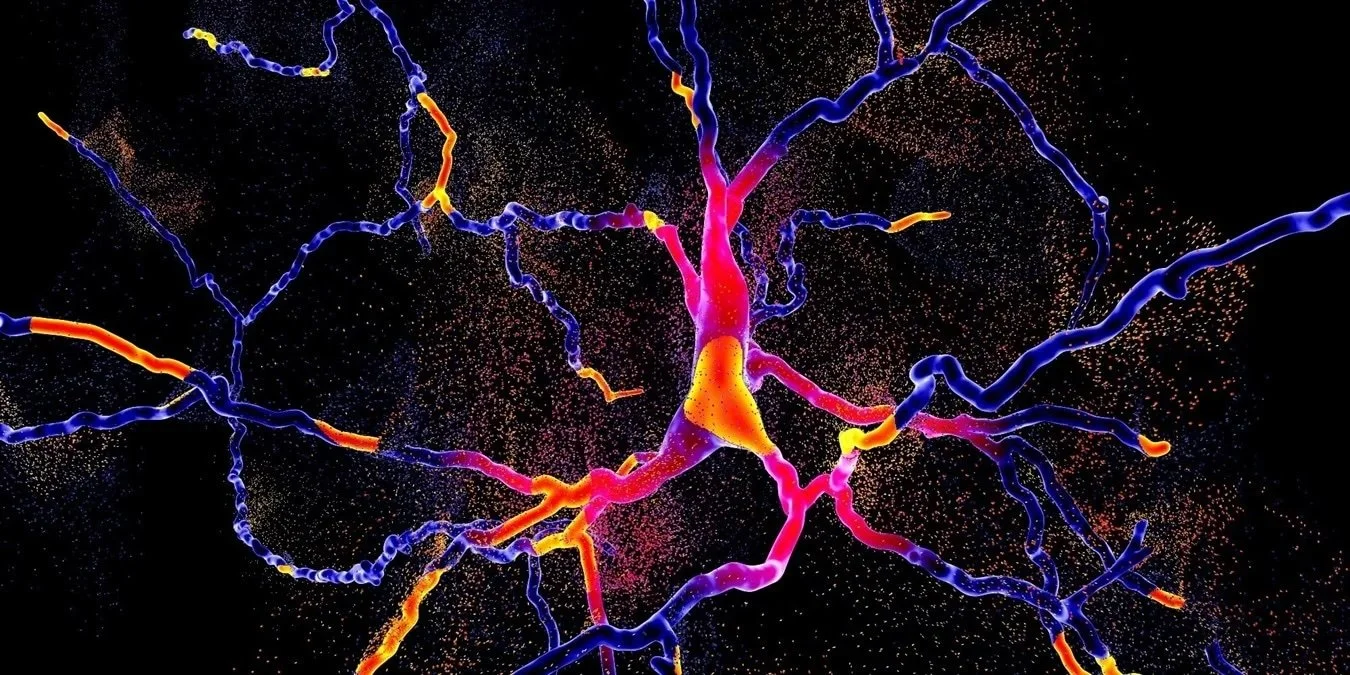Parkinson's Disease, a neurodegenerative disorder that affects movement, has long been associated with a myriad of losses for individuals diagnosed with the condition. These losses often include motor and cognitive functions, independence, and quality of life, leading to significant challenges for both patients and their loved ones. However, this recent advancement has sparked hope in both the treatment and recovery from Parkinson's Disease. With the development of this novel therapy that disrupts the brains propensity for this disease, there is renewed optimism for a return of what has been lost to Parkinson’s. This promising treatment is the dawn of a more effective approach that could significantly improve the lives of those affected by Parkinson's Disease.
Gone are the days when individuals diagnosed with Parkinson’s Disease were met with the grim reality of no cure or treatment. Today, there exists an effective treatment that addresses the debilitating effects of this condition.
Every Parkinson's disease patient displays unique symptom presentation, with varying degrees of loss in cognitive and physical function. These differences reflect individual priorities and challenges, highlighting the diverse nature of the disease. For many individuals living with Parkinson's disease, the impact extends beyond physical limitations to cognitive challenges as well. While some patients may prioritize the restoration of physical abilities, others may place a higher value on regaining cognitive functions that have been compromised by the disease. Tailoring treatment to address the specific needs and preferences of each individual is crucial in maximizing their quality of life and overall well-being.
This patent pending technology, (“A device and treatment for Parkinson’s disease that reverses cognitive, physical and psychological decline and losses”. Patent Application #18892839) when used on Parkinson's disease patients, reduces and eliminates symptoms from Parkinson’s disease.
Successfully treated patients experience trevor abatement, reduction in balance issues, renewed physical movement, mental clarity, robust reasoning skills, voice and speech improvements, increased writing skills, reasoning skills and a return to lifestyle activities that were previously thought no longer possible.
The basis of this treatment is manipulation of brain wave function to reset the brain to a functional condition prior to the onset of the debilitating effects of Parkinson’s disease. Precise manipulation of this process over extended periods results in the brain resetting to and maintaining this previous and more robust condition. Consider this as a way to exercise neuroplasticity and as analogous to cardiovascular exercise where the body recovers to a more robust physiology.
The result has been a return of cognitive function, reduction of the debilitating effects of crippling edema and the return of physical dexterity and activity. This reversal is highly unusual for Parkinson’s disease. Quite remarkable and potentially far reaching, even beyond the treatment of Parkinson’s disease.
This device and treatment can be be used on all forms of cognitive disease and disfunction for patients suffering with Alzheimer's, dementia, cognition/movement disorders, PTSD, healthy brains exercising neuroplasticity, enhancing brain function, clarifying thought and speed of processing, reduce psychological and emotional disturbances and reduce other forms of cognitive impairment.
Neuroplasticity and PD
Damaged Neuron
When this neuroplasticity technology is applied to a non diseased brain the effect is just as remarkable. Cognitive fog begins to lift, thought begins to clarify and the user is slowly released from accrued cognitive and movement declines. As use continues perceptual and thought processes modify resulting in structural changes in how the user views and interacts with the world.
Neuroplasticity is the brain's ability to change, reorganize, or grow neural networks. When the brain is reset it momentarily defaults to a previous and more robust state. Continually reseting, the brain begins to adopt and adapt, resulting in a gradual return of what Parkinson’s Disease has taken away.
six-layers-of-excitatory-neurons colored-by-depth
This technology is remarkable and powerful.
What it is, how it was developed and how it is applied is in the Blogs PD+EN+PHET.
See you there.

